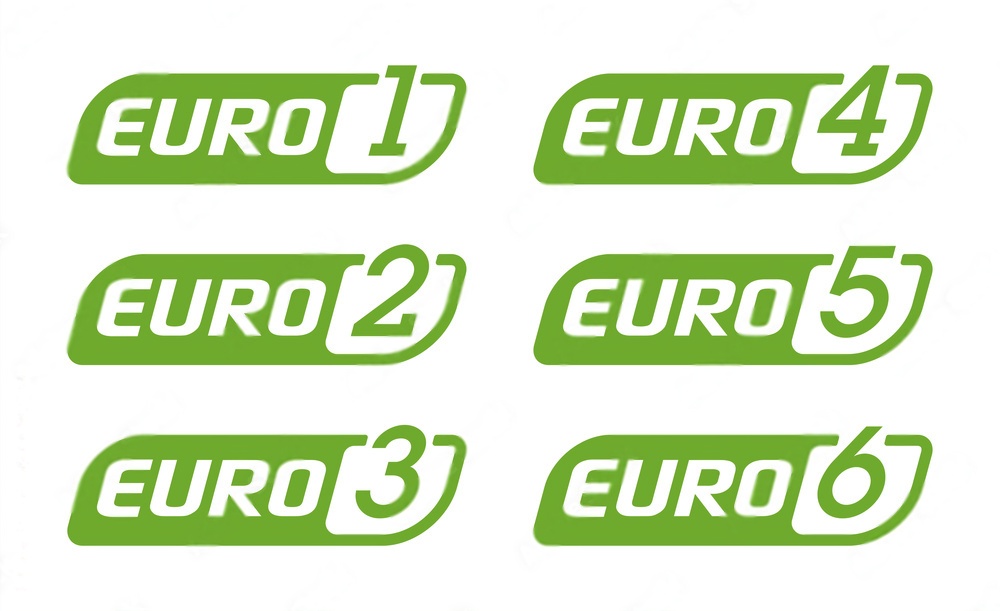Despite the introduction of tighter Euro 6 emissions regulations in November 2024, Japanese truck parts and models may receive exemptions or require fewer modifications to achieve compliance due to flexible adaptation capabilities. However, heavy vehicle operators need to understand what the new standard reductions in truck emissions entail and how their fleets may be impacted. Meeting Euro 5 emissions standards for Euro 6 will be an important stepping stone to benefit air quality and public health
Euro 6 will compel another substantial leap in emissions control, with allowable limits declining over 50% for nitrogen oxides and 60-70% lower for particulate matter discharges. Australia will require all fresh truck releases to adhere to Euro 6 by November 2025. While Euro 5 remains the minimum standard until then, purchasers must prepare for Euro 6-compatible models to dominate the market.
What Do Tighter Emission Limits Involve?
Dramatic reductions in NOx and PM emissions under Euro 6 cannot simply be achieved by tweaking existing engine technologies. Truck manufacturers have had to research and adopt new technologies to treat exhaust gases before they leave the tailpipe.
Most diesel truck brands now utilise selective catalytic reduction (SCR) systems with AdBlue diesel exhaust fluid to break down NOx emissions. Particulate filters are also increasingly common in capturing PM. At the same time, engine tweaks such as high-pressure common-rail fuel injection, turbochargers and cooled exhaust gas recirculation further optimise combustion.
However, these technologies add expense for truck manufacturers, who must research and develop Euro 6-compatible trucks, and truck buyers face higher purchase prices. Fuel savings from the newer, more efficient engine systems may recoup these extra expenses.
Euro 6 Exemptions for Japanese Trucks
While European, American and Australian truck brands selling into the local market are impacted by the arrival of mandatory Euro 6 emissions standards, Japanese truck parts and complete models may receive exemptions. Rather than following the European numerical emission limits, heavy vehicles manufactured wholly with Japanese truck parts can comply with the country’s long-term regulations as these have been engineered around emission reduction goals similar to those of Euro 6. Hence, there are allowances for importing Japanese trucks into Australia without necessarily matching Euro 6’s exact limits for NOx, PM, CO and HC. Additionally, if certain Japanese truck parts, such as engines, integrate technology that helps meet Euro 6-equivalent standards, they may be certified for use in Australian-made heavy vehicle models.
The Euro 6 transition may be less of an issue for truck operators considering a Japanese truck brand than local or European truck parts and models. The advanced research and development capabilities of major Japanese truck parts manufacturers allow them to stay at the forefront of emissions control innovations, giving Japanese trucks more flexible global marketability while meeting local emission regulations.
Adapting US Imported Trucks for Euro 6 Standards
American trucks meeting the EPA 2010 standard can be adapted for Euro 6 compliance in Australia through relatively minor adjustments. Truck engines are designed for flexible tunability. If the engine’s base design integrates fundamental emissions reduction technologies like SCR, particulate filters and cooled exhaust gas recirculation, fine-tuning for Euro 6 certification is achievable without complete re-engineering.
What is IT Auditing? Who is an IT Auditor?(Opens in a new browser tab)
Keeping Up with Emissions Standards
While only new truck models are impacted by Euro 6 emissions standards, operators should stay informed on evolving regulations and technology upgrades. Therefore, a reliable, knowledgeable and well-connected Japanese truck parts dealer is invaluable for navigating the ins and outs of emissions standards. Discussing requirements and technology capabilities early before a truck upgrade decision sets operators up for smooth compliance with regulations like Euro 6.
